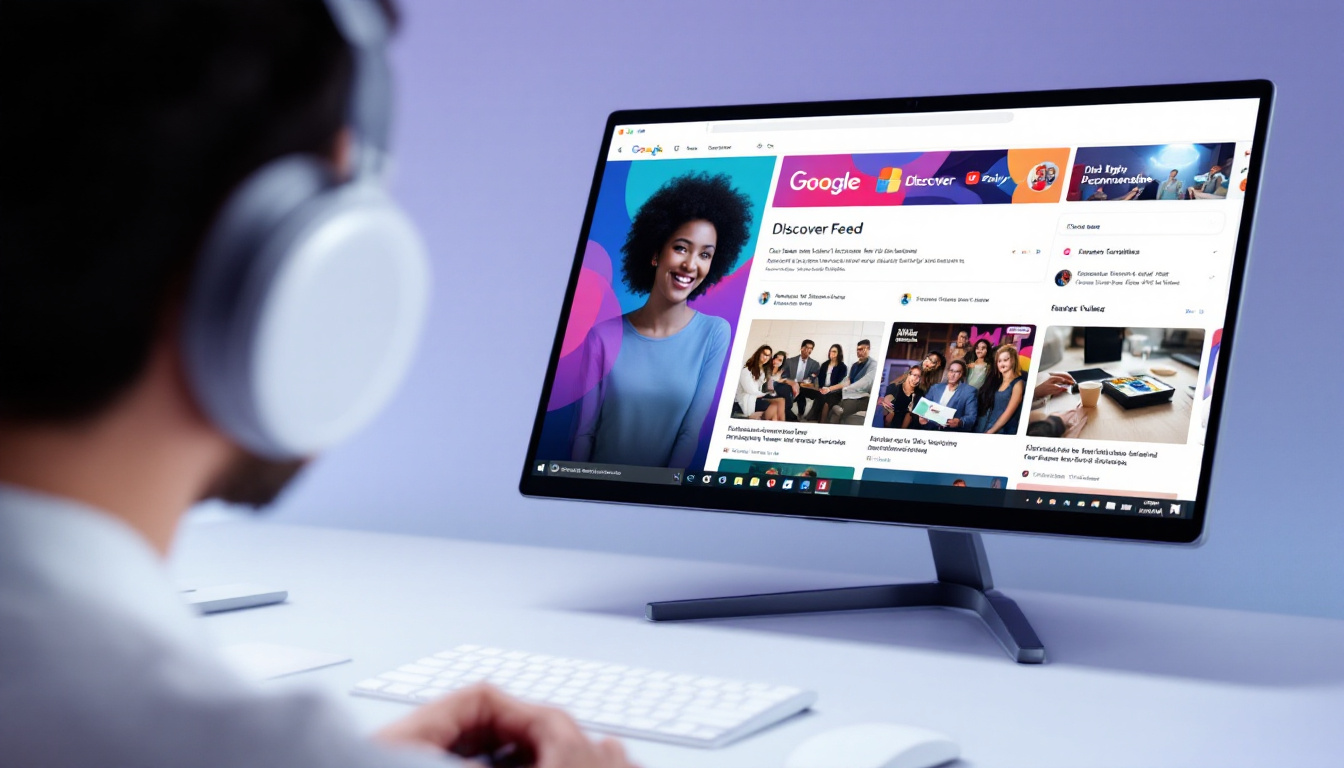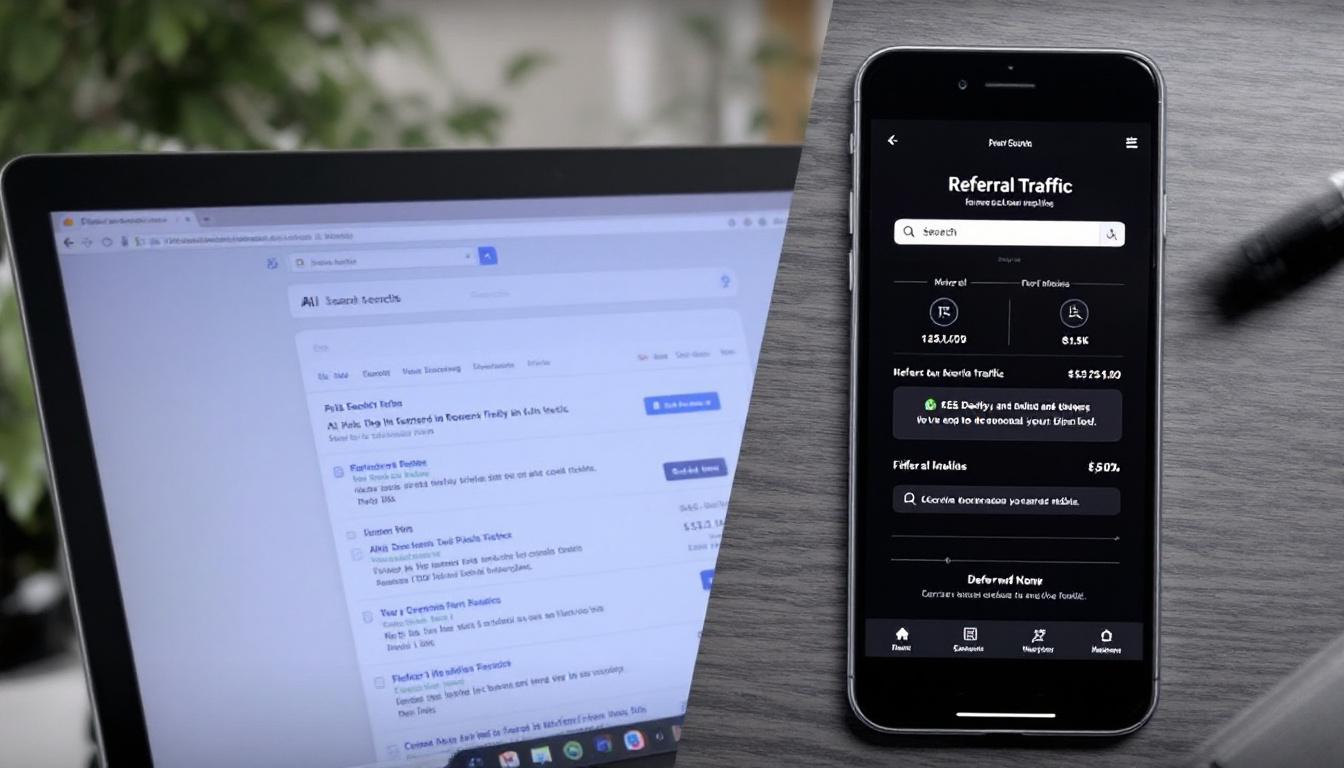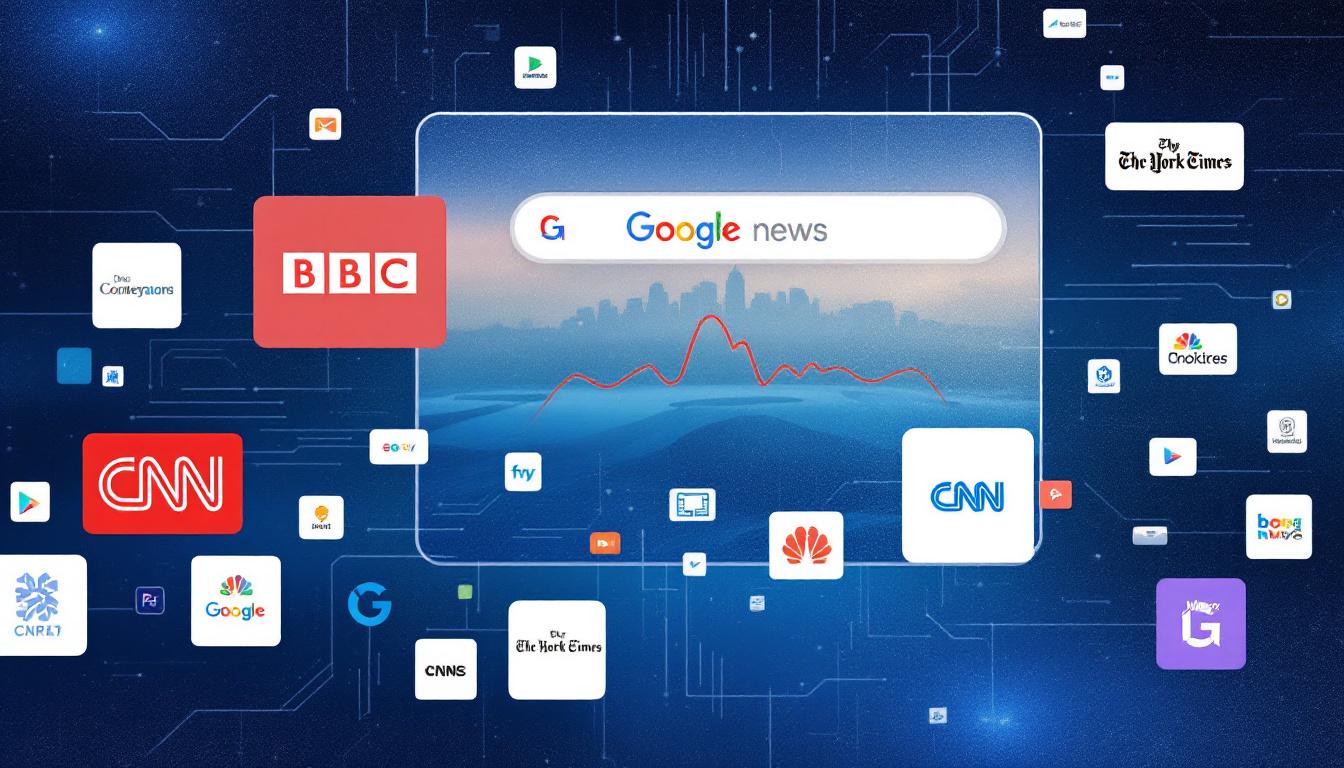Google is set to integrate Discover into its desktop search platform, marking a significant shift in how content creators can attract traffic.
DigitalOcean
DigitalOcean offers a variety of VPS hosting solutions perfectly suited for anyone seeking straightforward and budget-friendly computing power for their projects.
This development was unveiled during the Search Central Live event in Madrid and shared by SEO specialist Gianluca Fiorelli on X.
Understanding Google Discover
Google Discover is designed to provide users with personalized content suggestions without the need for active searching.
How Discover Functions
Discover curates content based on user interests and browsing history, presenting it seamlessly across various platforms.
Accessible via the Google app, Chrome’s new tab page, and google.com on mobile devices, Discover tailors content feeds to individual preferences, enhancing user engagement by anticipating interests. For the first time, Google has confirmed the desktop rollout of Discover, following previous trials.
While the exact launch date remains undisclosed, this expansion promises to redefine desktop user experiences.
Impact on Publisher Traffic
The introduction of Discover to desktop is poised to become a vital traffic source for publishers.
Publisher Insights
Recent studies highlight the growing reliance of publishers on Discover for driving readership.
A survey conducted by NewzDash in January revealed that over half of news publishers prioritize Discover, with 56% observing a rise in traffic attributed to the feature.
Martin Little from Reach plc emphasized Discover as their primary traffic driver, noting significant growth in their content’s reach.
This trend underscores the pivotal role Discover plays in compensating for traditional search traffic declines, enabling publishers to maintain and grow their audience base effectively.
Strategies to Optimize for Google Discover
Adapting content to align with Discover’s preferences can significantly enhance visibility and engagement.
Best Practices
Implementing certain techniques can increase the likelihood of content being featured in Discover.
Google recommends producing high-quality, interest-aligned content with compelling, large images. Titles should be transparent and accurately reflect the content without using misleading previews.
Focusing on unique and timely storytelling is essential for success.
Content Preferences
Discover tends to favor specific types of content, which publishers should consider when creating material.
According to Martin Little, Discover prefers ‘soft-lens’ content such as personal narratives, lifestyle pieces, and niche topics.
Conversely, hard news and crime-related content are less likely to be promoted, highlighting the importance of aligning with Discover’s content criteria.
Preparing for Desktop Expansion
The shift to desktop requires publishers to adjust their strategies to accommodate different user behaviors.
Adjusting Content Strategy
Understanding the nuances between desktop and mobile browsing can influence content performance on Discover.
Desktop users often engage with content differently than mobile users. Publishers should analyze performance metrics and tailor their content strategies to suit the desktop environment, ensuring consistency and relevance across all devices.
With Google aiming for a unified experience across devices, publishers must be proactive in optimizing their content to leverage the full potential of Discover on both mobile and desktop platforms.
The Bottom Line
As Google rolls out Discover to desktop search, publishers have a unique opportunity to tap into a new and expanding traffic source.
By understanding Discover’s functionality and aligning content strategies accordingly, content creators can enhance their reach and maintain a competitive edge in the evolving digital landscape.








